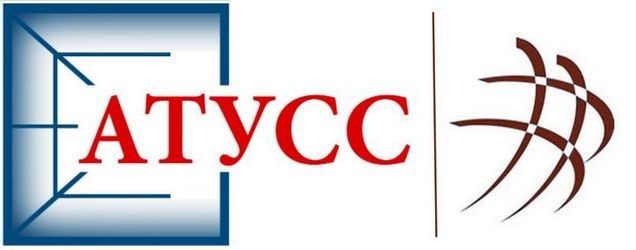- The courses are held throughout the academic year.
- The classes take place at the ATUSS Academy.
- The program of these courses allows our undergraduate and postgraduate students – as well as anyone else interested in design – to become better acquainted with theoretical concepts behind artistic shaping, and to apply them in communication design.
- The classes consist of practical work and tasks, and the participants in the course present what they’ve learned through the realization of their own project.
- Upon finishing the courses, the participants will have obtained or improved their knowledge and skills in the field of artistic shaping applied to object design or digital product design (apps, the internet…)
- At the end of each level, participants present what they’ve learned through a written paper and the realization of a concrete design solution, according to their own interests and preferences.
- For each level they completed with success, the participants will receive a certificate.
Elemnts of form – non-verbal communication in design – course I
| Classes total | Number of classes per teaching unit | Course goals |
| 1. Communication in design - how do objects speak? | 3 | - Becoming familiar with and applying the theory of form in the design of objects (textile, clothing, furnishing textiles, graphic products ...) and digital products (software, internet ...) |
| 2. What are the objects saying with their form? | 3 | |
| 3. The line - formal, psychological and communicational aspects and their use | 4 | |
| 4. Structure - types of structures used in the artistic shaping of objects | 4 | |
| 5. Tonality - light and shadow in design | 4 | - Artistic education and improvement of knowledge and skills related to artistic shaping in design. |
| 6. Colour - basic parameters of colours and their application in design | 4 | |
| 7. Principles of design composition and its communicational aspects | 4 | |
| 8. Artistic journal and its use in design | 4 | - Improvement of knowledge and skills in the field of visual communication and visual shaping for professionals from any design - related field. |
| Classes total | 30 | |
| Number of participants | 8-15 | |
| Fee per participant | 15.000,00din | |
| Fee per participant from the other departments of ATUSS | 8.000,00din |
Applying colour theory in design – course II
| Teaching units | Number of classes per teaching unit | Course goals |
| 1. Colour theory through history and the use of colours | 3 | - Becoming familiar with and applying colour theory in the design of objects (textile, clothing, furnishing textiles, graphic products...) and digital products (software, internet...) |
| 2. Colour parameters | 3 | |
| 3. Factors that influence colouristic preferences | 3 | |
| 4. Colour and cultural conditioning in perceiving colours | 3 | |
| 5. Communicating through colours | 3 | |
| 6. Colouristic trends | 3 | |
| 7. Colour composition | 3 | |
| 8. Colour in a digital environment | 3 | |
| 9. Using colours in digital printing | 3 | |
| 10. Using colours in sctrrn-printing | 3 | |
| Classes total | 30 | - Techniques for applying colour theory in printing preparations and in digital publishing. |
| Number of participants | 8-15 | |
| Fee per participant | 15.000,00din | |
| Fee per participant from the other departments of ATUSS | 8.000,00din |
Outcome:
- Upon finishing the course, the participant is able to apply the theories pertaining to the field of visual communication in the design of objects and digital products.
- Upon finishing the course, the participant is able to actively apply colour theory in practice, to recognize and use cultural differences in the perception of colours, to use computer programs for the preparation of the screen-printing process, and to apply colouristic principles of composition in digital publishing.
Justification:
- Additional training in the field of visual communication in design enables the participants to improve their practice, whether within a team that works on the creation of digital or physical products, or in individual practice.
